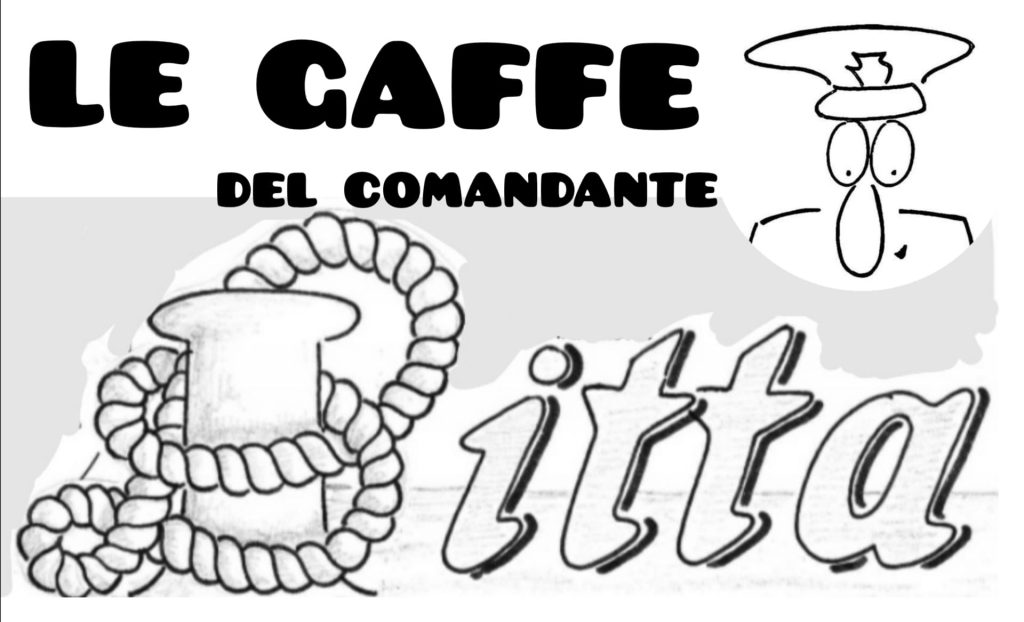Giancarlo De Leo’s writings on Aquawareness

Giancarlo De Leo’s writings on Aquawareness present a transformative approach to mindfulness that reimagines swimming as a holistic practice combining physical movement, sensory awareness, and philosophical inquiry. Developed through decades of research, this discipline shifts focus from technical swimming proficiency to an experiential exploration of human-water interaction.
Key Principles of Aquawareness
- Embodied Mindfulness: Unlike static meditation, Aquawareness uses water’s resistance and buoyancy to create a “floating meditation” that heightens bodily awareness. Practitioners engage in deliberate movements like the “egg position” to eliminate voluntary propulsion, fostering passive receptivity to aquatic sensations[1][2].
- Primordial Connection: De Leo emphasizes water as humanity’s “first mother tongue,” drawing parallels between amniotic fluid immersion and aquatic experiences. This philosophy encourages reconnecting with primal sensory memories to rediscover personal boundaries and corporeal identity[3][6].
- Dynamic Breath Awareness: Techniques leverage water’s immediate feedback on lung volume changes, enhancing respiratory consciousness. This biofeedback mechanism improves relaxation efficiency during both motion and stillness[2][5].
Philosophical Foundations
Aquawareness merges Western scientific principles with Eastern contemplative traditions:
- Utilizes Archimedes’ buoyancy law as a tool for psychological surrender
- Integrates Zen mindfulness concepts into aquatic environments
- Promotes non-judgmental observation of body-water interactions through:
- Pure attention phase (sensory monitoring)
- Clear vision phase (conscious movement selection)[2][5]
Practical Applications
De Leo’s approach emphasizes:
- Water Safety Enhancement: Develops intuitive understanding of aquatic physics
- Personalized Learning: Recognizes each individual’s unique hydrodynamics
- Existential Exploration: Uses water as a medium for self-discovery, stating “the difference between swimmer and non-swimmer lies solely in experience”[3][6].
Comparative Advantages Over Traditional Practices
| Aspect | Aquawareness | Traditional Meditation |
|---|---|---|
| Environment | Aquatic immersion | Quiet, static spaces |
| Sensory Engagement | Full-body tactile feedback | Reduced external stimuli |
| Movement Paradigm | Active exploration through motion | Stillness-focused |
| Primary Focus | Body-environment dialectic | Internal thought observation |
De Leo’s works position water as a “liquid consciousness mirror,” arguing that its continuous sensory stimulation creates unparalleled conditions for present-moment awareness[1][10]. By transforming swimming pools into “aquatic laboratories,” Aquawareness bridges recreational activity with profound psychophysical exploration.
Citations:
[1] https://www.fuorimag.it/aquawareness-approach-and-traditional-meditation-practices/?print=print
[2] https://www.fuorimag.it/category/aquawareness/?print=pdf-search
[3] https://www.aquawareness.net/aquawareness/
[4] https://independent.academia.edu/TolomeusArounder
[5] https://www.fuorimag.it/category/aquawareness/?print=print-search
[6] https://www.aquawareness.net/articles/
[9] https://www.aquawareness.net/author/wp_1384870/
[10] https://www.fuorimag.it/how-does-aquawareness-enhance-self-awareness-and-mental-clarity/
[14] https://www.fuorimag.it/how-does-aquawareness-help-in-developing-a-dual-awareness-in-the-water/
[16] https://www.ocean4future.org/savetheocean/archives/author/giancarlo-de-leo
[18] https://www.aquawareness.net/bibliography/
[19] https://www.academia.edu/126728209/Aquawareness_key_principles
Giancarlo De Leo
Giancarlo De Leo’s writings on Aquawareness – Fuori
06/02/2025























